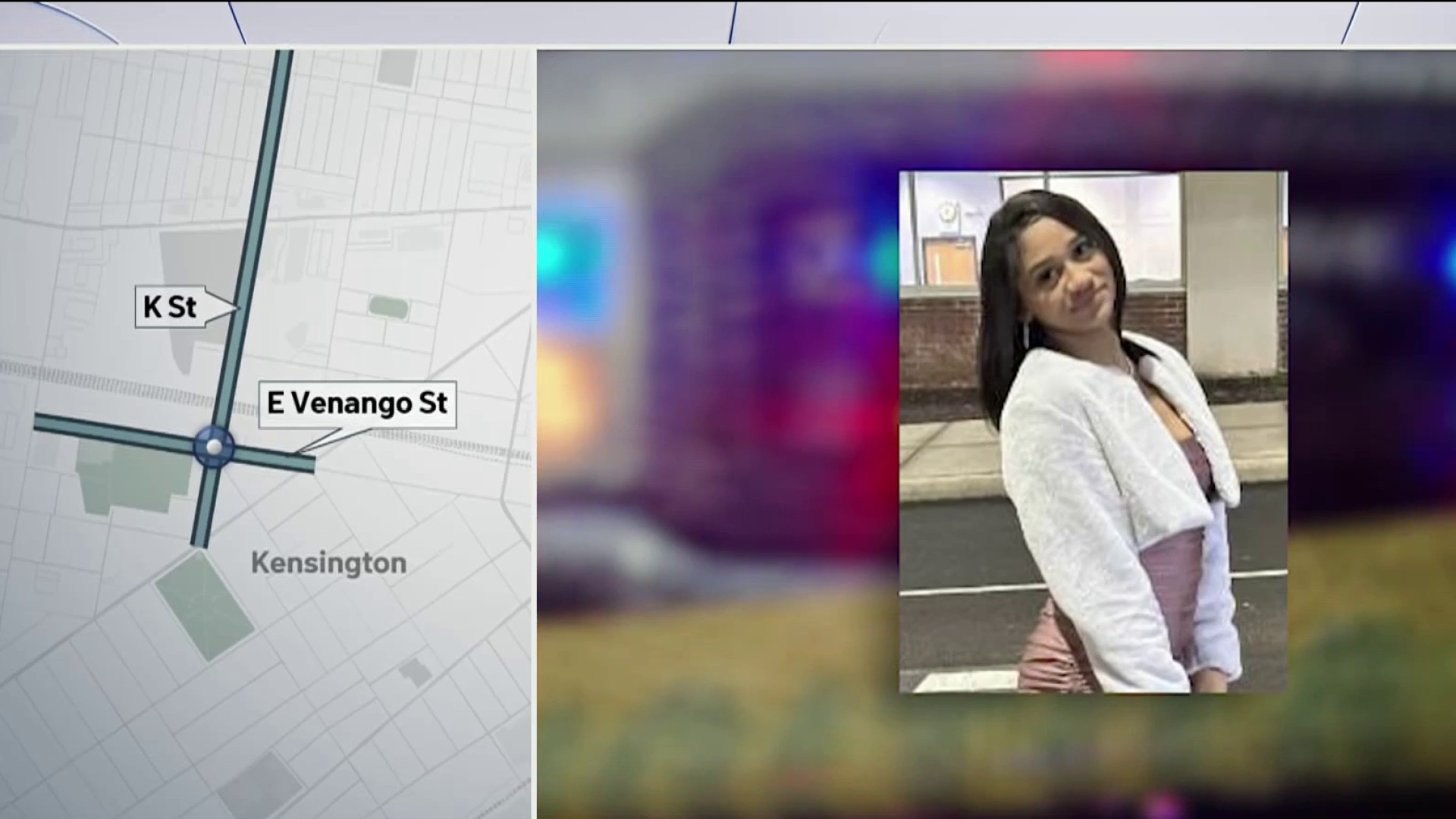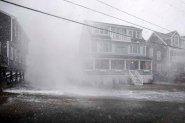
Growing up in southern California you learn as a child that the months of August through December are better known as wildfire season. They are the driest months of the year and the famed Santa Ana winds are common during that time. Homes are lost and lives are forever changed. It is the most dangerous time of year in California because wildfires are one of the most unpredictable and destructive weather disasters on the planet. Like thousands of others my family understands this all too well.
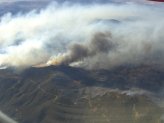
I grew up in San Diego County, which is the size of the state of Connecticut. My childhood was spent in a tiny town on an avocado ranch in the eastern back hills of the county. The weather was always warm and sunny. It was also dry. Very, very dry. My earliest memories include my parents, garden hoses in hand wetting down the house, the roof and the yard as smoke and flames exploded on mountain ridges in the distance. When I was old enough I joined them.
QUICK WILDFIRE FACTS
According to the U.S. Forestry Service, there are more than 100,000 wildfires in the U.S. each year that burn over 7 million acres and destroy 2600 homes and structures. The worst of those fires are in the western states and California tops that list. Sadly over 90% of those fires are caused by humans, including discarded cigarettes, untended campfires, illegal burning, downed power lines and arsonists. The remaining 10% are naturally caused by lightning and lava. You may not realize this, but the gusty Santa Ana winds can carry embers and sparks from the 30-50’ flames miles downwind. That’s how the fire can build quickly ahead of itself and new hotspots can take off in minutes. Homes that burn quickly have open soffits that allow embers to enter the attic, homes with closed soffits were the ones left standing in many neighborhoods.
MY FAMILY’S STORY
Every wildfire is heartbreaking and evacuations can be tricky with few escape routes winding through the valleys and hills. Outracing the flames is foolish since these walls of fire can travel at 50 mph. As is often the case, many people awoke to flames surrounding their homes with no warning, no time to think and barely time to flee. The four costliest wildfires in U.S. history were in California and two of those top four fires started in the community where I grew up. The Cedar Fire (2003) and the Witch Creek Fire (2007).
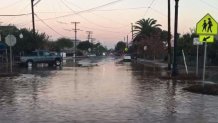
Here are home videos of the Cedar and Witch Creek fires taken by area residents that were far too close. Turn up the volume to hear the Santa Ana Winds howling at 60-70 mph and the roar of 30-50 foot flames as they race across the valleys and hills. The Witch Creek Fire actually started less than one mile from my family home. It was the most devastating for us.
Local
Breaking news and the stories that matter to your neighborhood.
CEDAR FIRE
It was late October 2003 when one of the largest wildfires in California history started next to my tiny hometown. The “Cedar Fire” was massive and burned over 280,000 acres in late October and early November. Whole neighborhoods were destroyed across San Diego County and the flames were visible from downtown San Diego. My parents had packed up the pets and a few personal items…they were ready to evacuate. Despite clearing all the brush away from the house several small satellite fires still sprang up. Luckily family and friends armed with hoses and shovels were able to put them out.
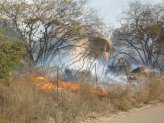
There were no firefighters in the vicinity. They were all on the frontline trying to contain the fire and save homes there. The Ramona Air Attack Base and fire bombers are located in my town. It’s the oldest air fire-fighting base in California. A good friend was the coordinator and aerial spotter at the time. It felt good knowing the planes with retardant could be there to help in minutes…but not that day. All of the planes and helicopters were dropping retardant and water on other hotspots.
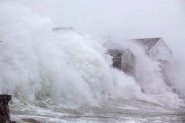
In the backcountry it is understood by everyone you are on your own with many of these smaller fires. You hope they don’t explode too fast and you are faced with two choices…fight or flee. Over the years I learned any home more than 20% engulfed in flames was usually considered too far-gone to save because firefighters needed to spend any and all energy saving homes that were in the path of the fire.
THE 2003 CEDAR FIRE LOSS
A large part of my parents' avocado orchard burned and that year’s crop was lost, but the house survived. Many close friends lost homes in this fire and for a week there was no power or water at my childhood home. Approximately 1,400 firefighters battled that fire. There were 14 deaths (one of them a firefighter) with 3,000 homes and structures lost. Unfortunately it has the distinction of the largest wildfire in California caused by a human. A lost hiker started a signal fire in the midst of a high fire danger forecast.

THE WITCH CREEK FIRE
After barely escaping the Cedar Fire in 2003 I never thought my family would be so close to a monster wildfire again. I was wrong. Just four years later the massive Witch Creek Fire of 2007 swept through San Diego County. Over one million people were evacuated, 288,000 acres burned, 2,000 homes were destroyed (including two in my family) and 10 people were killed.

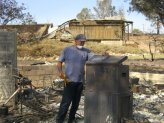

I remember tracking California’s weather conditions in October, 2010. It was dry and the fire danger was high. I prayed there would not be a Santa Ana Wind. Those “Devil Winds” come off the high desert and flow from a strong area of high pressure to an area of low pressure sitting off the California coast. In their path are some of southern California’s most populated areas. As the dry desert air races down the slopes of the California foothills at 50-70 mph, any spark can quickly ignite into a massive wildfire. It’s even worse when the fires start at night because the planes and helicopters don’t fly. They can’t spot for the firefighters on the ground or drop fire retardant. They need daylight and the winds must be below that 40 mph level.
THE FIRST FLAMES
I was at work in the midwest when the first flames erupted about a mile from my family’s home. I knew what was going to happen and told my boss I needed to go help my family. Then the phone rang…my brother and his wife were being evacuated from north of San Diego, my parents were under evacuation from east of San Diego. I was on a plane that afternoon. It was one of the last flights allowed into San Diego for a week due to the smoke and low visibility. I was speechless at what I saw from the plane. There was already so much destruction in the eastern part of the county and the fire had just started earlier in the day.

My anxiety was building and when I landed it was my cousin and uncle who met me at the airport with horrible news. Their home may be gone and no word on my parents' home. No one could reach my brother and his wife. Their area had burned earlier that day. It was an emotional drive to the evacuation zone. So much had burned. I could see in the distance the smoldering ashes of a home that belonged to a close friend. I couldn’t imagine their heartache; it was a dream home for them. The sky was dark and so filled with smoke it was hard to breathe. We passed numerous firefighter staging areas and saw dozens of semis with bulldozers to clear fire trails. The hot shots passed us in a truck headed for the backcountry. I knew some of them well and prayed they would be safe. That is one of the hardest jobs on the planet. Wearing full fire gear in extreme heat all day, with thick smoke around them and no amenities for miles, they head to the forest. They clear firebreaks and deal with the advancing fire. They are on their own in the middle of the fire.

My uncle shared that he and my aunt were looking across the valley at the fire, which was more than a dozen miles away. They discussed evacuating, but the winds were not blowing toward them, so they thought there was time to plan. What they didn’t know was a small satellite fire had begun racing down a dry creek bed near them. Sparks from that fire ignited a palm tree next to the house and their firestorm began. They barely had time to grab the pets and race the car down the driveway. Their last view of the house was flames building on the roof. They were lucky to find shelter with my cousin who was not in the evacuation area. There were no hotels available within 150 miles. People were sleeping in their cars and waiting to return home, that’s if they still had a home. Nearly a million people were displaced and had nowhere to go.
As we pulled down the street to my uncle's home our hearts sank. The homes were gone. Nothing was left standing. A lifetime of memories and precious keepsakes turned to ash. My aunt joined us a short time later. We all sobbed and hugged. It was surreal and hard to believe this had happened so quickly. That is the nature of wildfires, fast and destructive. I consider them nature’s worst disaster.
Next stop was my parent's home a few miles away. The house was still standing, unbelievable. Others around it were gone. I looked across the street and saw scorched Earth for miles. The avocado orchard was gone. Power lines lay in the trees sparking. The orchard house was gone and all of the storage sheds along with a small boat and trailer. The fire was so hot the trailer actually melted and formed this river of aluminum. I kept a piece of that melted aluminum as a reminder of why wildfires are so dangerous.


Later that day we heard from my brother. They were safe and at a shelter. Their home had smoke damage as did almost every home in the area, but it was intact.
That night a full moon rose over the valley and it was a color red like I had never seen. The smoke would settle close to the Earth at night as the cold air sank and breathing was difficult.
It was four days later that the weather conditions shifted and an onshore breeze signaled the end of the Santa Ana Winds and dry air with 5% humidity. Our family feels blessed that they are alive to tell the tale of these fires. It took years for most of many to rebuild. My aunt and uncle rebuilt a much nicer home, but my parents did not rebuild the orchard house or re-graft the avocado orchard. It stands as vacant land. My brother and his wife left the area tired of the yearly ritual of smoke and ash and uncertainty. As for me, I will never forget a childhood hosing down the house and roof while preparing for fires and I watch the weather in southern California knowing they will always come.

